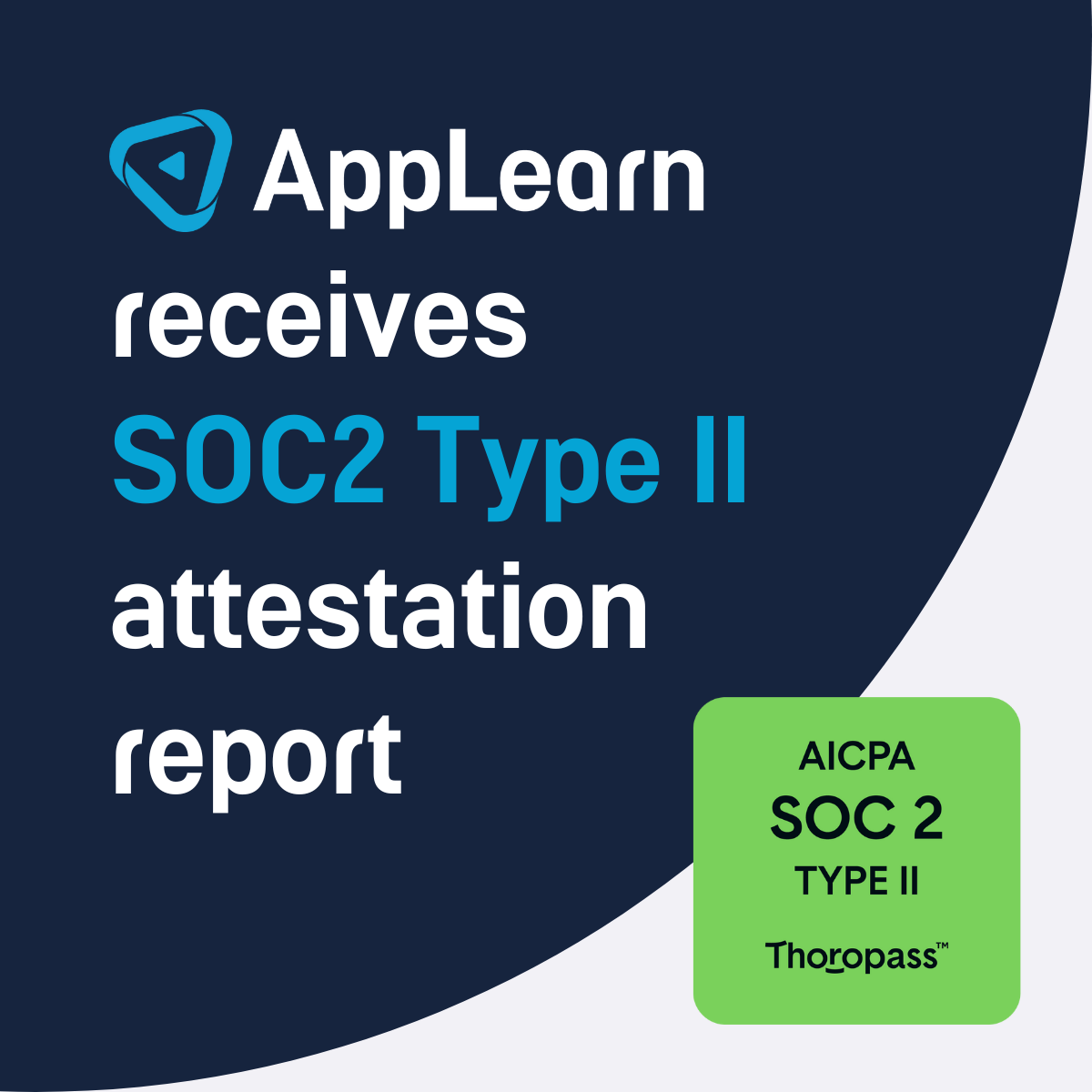News
The ABC model of a next-gen support experience
The ABC model of a next-gen support experience
As service delivery ambitions go, there are a few ways to interpret going next-gen. For Prashant Arora, it means enabling IT support that has minimal human interventions, an industry-leading experience at every touch point, and is available to all.
As Head of Global Service Experience & Automations at RB, the multinational consumer goods company, Prashant knows what it takes to deliver exceptional service. In fact, RB is at the bleeding edge of both support performance and user satisfaction, so we didn’t miss the opportunity to speak to him about where service delivery teams should be focusing right now.
In our recent webinar the 3 Priorities for Super Service Delivery in 2021 and Beyond, Prashant outlined how he is pursuing extreme productivity with optimized cost and data usage. During our conversation, he also shared details on the key areas of experience, technology and measurement, as well as how he’s aiming for the success of IT to be celebrated in every RB department.
Towards the end of the session, Prashant shared details on the guiding principles behind this approach. This article takes a closer look at the details behind this ABC model and how to enable pioneering service delivery by Automating intelligently, Bringing accessibility and Creating a next-gen culture.
Automate intelligently and target the pain first
Prashant summed up the RB approach to automation in a simple line:
“If you hate it, automate it”
And while this refers to targeting the mundane tasks, which is an intelligent point in itself, the real key to this advice is to approach automation itself with intelligence.
To do this, Prashant recommends streamlining processes first, then looking to digitize/digitalize them before even considering automation. It’s a common pitfall for organizations to jump into automation, but if you automate a mess you just end up with an automated mess. Taking the time to identify issues and why they’re arising first can save time down the line.
In order to avoid this, Prashant approaches automation at RB by transforming tasks with (and for) humans, then optimizing and delivering with bots wherever possible. The motivation behind all automation is to enable people to focus on their more valuable work, rather than the obstacles or repetition that inevitably present themselves.
Following this approach is critical to finding the balance between reactive and proactive support, as well as identifying where the lines need to be drawn. If you do this, you’re more likely to end up with what Prashant summarizes as “a thoughtfully curated strategy enabled by tech, rather than driven by it”.
Bring accessibility into all forms of support
The key for the B part of this model lies in thinking proactively and making help accessible—not just putting reactive support in place. Prashant sums this up as a need to “bring the solution to them, don’t expect users to go and find it.” But in fact, Prashant has previously gone even further on this subject.
During a panel with SSON, he declared that “getting the right support needs to be as easy as booking an Uber or asking Alexa about the weather”. People want to get to help and progress within clicks, at that very moment, without having to ask. For Prashant, enabling this need makes everything better.
At RB, Prashant is applying their technology-first delivery model into all day-to-day applications, from Microsoft Teams to Yammer. He’s also leveraging our Adopt DAP to expand the reach of support and take it to users in applications, instead of just expecting them to find support when needed. His advice, however, is not to worry about this from day one.
Prashant suggests reviewing user support journeys, then consolidating and contextualizing support as valid starting points. But for truly next-gen service delivery, he believes the goal should be a support function that says, “just focus on your work, the support will be there with you, right when you need it.” This approach not only enhances accessibility at every stage but goes some way to establishing the right experience and, in turn, culture.
Creating a next-gen culture with results and transparency
While wider business culture is a separate conversation, the culture around service delivery should be owned and molded by the team delivering it. For Prashant, this involved planning delivery steps to elevate the experience and digital IQ of the team on both sides of the service experience.
This starts by communicating clearly what the capabilities of your tech are and the best ways to use it. However, while communication and setting expectations is a big part of bringing people along on the journey, even the strongest culture will depend on the execution of technology and first-hand evidence of its value.
Prashant shared a story with us about how RB provides a time estimation for ticket resolution, enabling users to choose whether they should wait for the fix or escalate accordingly. Making tech work for people in this way is a sure-fire way to get them on side with your strategy.
The team at RB is equally committed to challenging traditional SLAs and metrics to provide transparency to the wider business. For example, certain uptime stats won’t mean as much to most end-users as measurements around how tech is helping their experience. This is an excellent example of using data to enable user decisions, not just IT or business decisions.
Whatever your definition of what next-gen looks like, this is a tried and tested approach to apply to your strategy and day-to-day activity.
To support this and the 3 priorities covered in the webinar, RB is rolling out AppLearn Adopt across their key applications. Starting with SAP SuccessFactors, SAP Ariba and Oracle Transportation Management solutions, we’ll be working together to drive an industry-leading experience, support users in the flow of work and reduce support costs.
Article by
Daniel Gripton
Share this article




